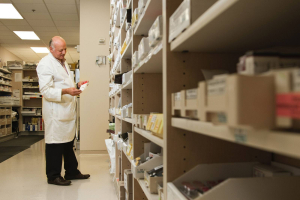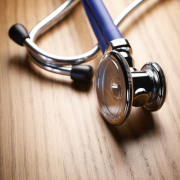Making a Case for Monitoring COVID and All Claims
Rarely does an event occur that affects a company’s unexpected medical plan expenses as is the case COVID-19. The Kaiser Family Foundation estimates coronavirus treatment for the average patient without complications averages $9,763. If someone has complications, it doubles to a cost of $20,292. The Kaiser researchers arrived at the numbers by tracking and reviewing hospital costs of patients with pneumonia.

If you’re managing a self-funded plan, handling oversight of your claims processor is a crucial duty. But doing it based on audits after the fact, some limited by random samples, can make it time-consuming. When 100-percent of claims are monitored in real-time, with data reported to you, suddenly the picture is clear. Catching errors and over-payments early makes it easier to correct them and recover funds.
Because of the enormous expense of COVID-19 cases, which may be numerous among your employee-plan members, the financial exposure for your company is significant. It has brought a new urgency to cost management and review of claims and cases. With the stakes this high, putting in place a continuous monitoring program makes excellent sense. You’ll serve members better while managing costs.
For health benefits plan managers, one of the most challenging aspects of COVID-19 treatment costs is the wide variation. Depending on where a plan member seeks treatment or how their case is handled, the charges can vary enormously. Some horror stories from urgent care facilities in Texas had patients and their health plans billed more than $10,000 for a routine coronavirus test that cost the clinic $8.
Monitoring claims payments continuously with superior technology flags abnormalities like a $10,000 test check instantly. It also picks up things like costly name-brand medications being filled when lower-cost generics are readily available – and equally effective. It’s why high-performance self-funded plans today more often sign up for continuous monitoring. They catch and correct errors in real-time.
Conserving the company’s dollars so that they can go toward legitimate (and reasonable) medical expenses for the benefit of employees needs to remain the plan goal at all times. When a sudden development puts the health care system and plans under a unique, new pressure, additional management controls and strategies are needed. It’s why claims monitoring is on the rise today.
The coronavirus pandemic has disrupted life and systems in unprecedented ways while straining self-funded health plans to their limits. As news reports continue to bring up the overpayments, overcharges, and inconsistencies, it makes tightening up medical claims payment oversight an imperative. In times like these, the plans need added help to stay on track financially while serving members well.






